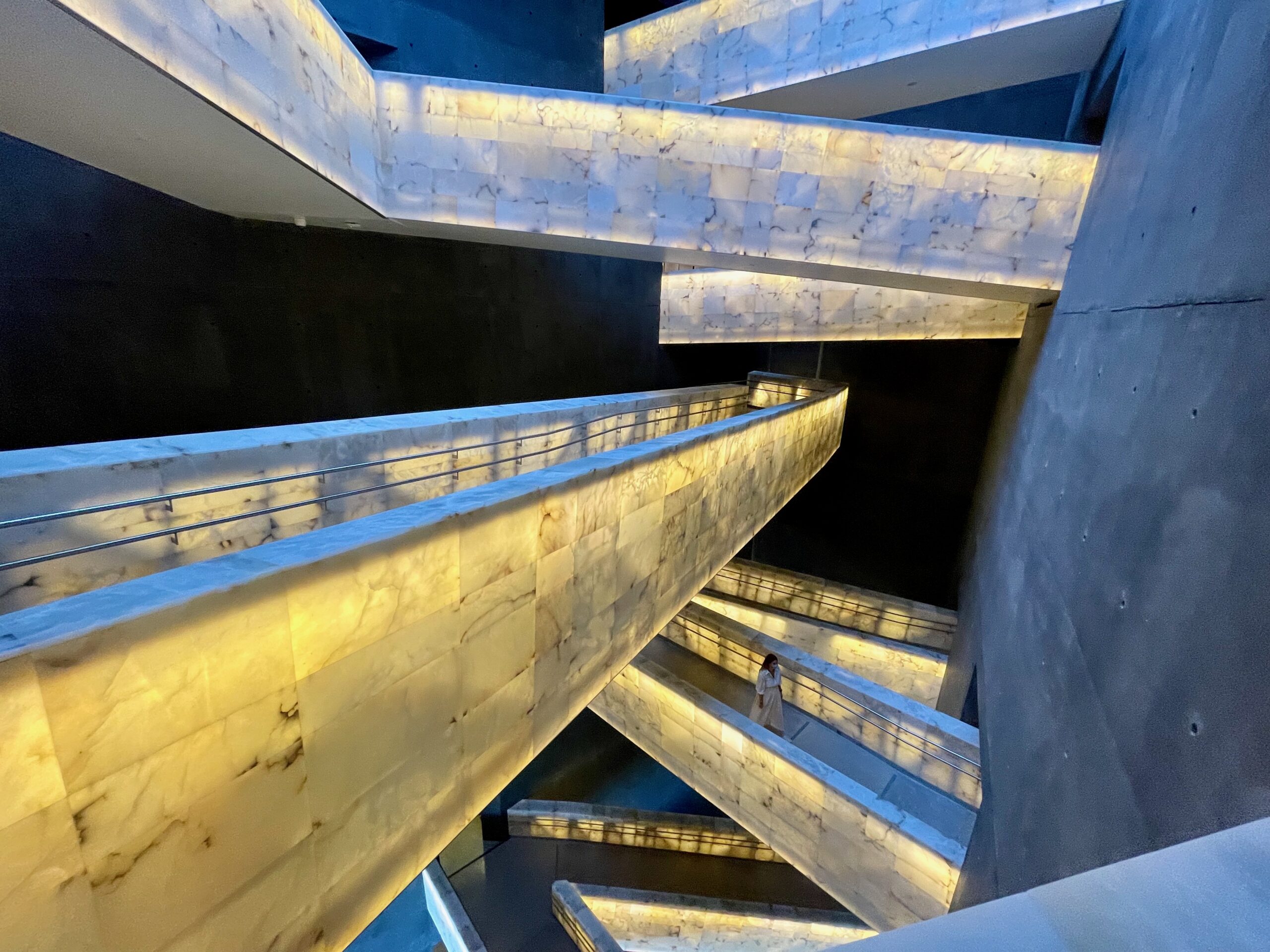January 28

Curating Memory: Memorial Museums + Exhibits
Museums devoted to the memory of difficult ‘pasts’ are proliferating, often with the objectives of educating and engaging the public, and preventing future atrocity. Drawing on questions posed by Lehrer and Milton (2011) and a case study, we will ask, ‘Who should look, at what, how and to what end?’, ‘How does one care for the past?’, and ‘How do we—as scholars, curators, artists, activists, survivors, descendants, and other stakeholders—attempt to bear witness, to give space and shape to absent people, objects and cultures, to present violent conflict without perpetuating its logic?’ We ask this against a backdrop of Museums as colonial spaces and efforts to decolonize. We will explore each question in the readings and visit the world-renowned Museum of Anthropology’s general collections and their current exhibit, To Be Seen, To Be Heard: First Nations in Public Spaces, 1900–1965.
“In every African country we establish a careful inventory of all colonial statues and monuments. These we shall collect in a single park, which will serve as a museum for generations to come. This pan-African park-cum-museum will serve as colonialism’s symbolic grave on our continent. Once we have performed this burial, let us — promise never again to erect statues to anyone at all. Instead, let us build everywhere libraries, theatres, cultural centres – all these things that from this day forward will nourish tomorrow’s creative growth.” Achille Mbembe.
At 2pm, we will meet at the Museum of Anthropology (MOA) entrance (be sure to bring your school ID, entrance is free with it) for a guided tour, before moving to a space for discussion of your questions on the readings and the questions posed above, as well as our first presentation.
Readings
-
- Lehrer, Erica, and Cynthia E. Milton. “Curating Difficult Knowledge | Introduction Witnesses to Witnessing, London, 2011. 1-17.
- Simon, R. I. (2011). A shock to thought: Curatorial judgment and the public exhibition of ‘difficult knowledge’. Memory Studies 4(4), 432-449.
- Duffek, Karen, Peter Morin, and Karen Benbassat Ali. “The Museum Disappeared.” in Bunn-Marcuse, Kathryn, and Aldona Jonaitis, eds. Unsettling native art histories on the Northwest Coast. University of Washington Press, 2020.***
- Watch: Leanne Betasamosake Simpson – “How to Steal a Canoe“
- Watch: Yinka Shonibare CBE RA: The African Library (2 min)
- How Mining the Museum Changed the Art World
*** Recommended:Adjei, Sela K. and Yann LeGall. 2024 “Introduction: Fifteen in a Thousand. How to Tell the History of Colonial Conquest, Anti-Colonial Resistance, and Looted African Heritage.” In Fifteen Colonial Thefts. London: Pluto Press.
Further Reading
- Anderson, Stephanie B. “Museums, decolonization and indigenous artists as first cultural responders at the New Canadian Museum for Human Rights.” Museum & Society 17.2 (2019): 173-192.
- Dixon, C. A. (2022). Transforming Museums, Decolonizing Minds: Three Politically Aesthetic Interventions by African Diaspora Artists. Journal of Museum Education, 47(4), 459–475. https://doi.org/10.1080/10598650.2022.2140554
- Nakamura, Fuyubi. “A FUTURE FOR MEMORY.” The Ethics of Collecting Trauma: The Role of Museums in Collecting and Displaying Contemporary Crises (2024).
- Peter Morin in Conversation with Marc Johnson at MOA
- Logan, Tricia. “(De) Colonial Spaces.” The Routledge Handbook of Memory Activism. Routledge, 2023. 243-248.
- Sodaro, Amy. Exhibiting atrocity: Memorial museums and the politics of past violence. Rutgers University Press, 2017. Chapter 7, ‘Memorial Museums: Promises and Limits’ pp. 162-184.
- Abu-Lughod, Lila. “Imagining Palestine’s alter-natives: Settler colonialism and museum politics.” Critical Inquiry 47.1 (2020): 1-27.
- Failler, Angela. “Hope without consolation: Prospects for critical learning at the Canadian Museum for Human Rights.” Review of Education, Pedagogy, and Cultural Studies 37.2-3 (2015): 227-250.
- Blumer, N. (2015). Expanding Museum Spaces: Networks of Difficult Knowledge at and Beyond the Canadian Museum for Human Rights. Review of Education, Pedagogy, and Cultural Studies, 37(2–3), 125–146. https://doi.org/10.1080/10714413.2015.1028831
- Simon, R. I. (2011). A shock to thought: Curatorial judgment and the public exhibition of ‘difficult knowledge’. Memory Studies, 4(4), 432-449.
- Dhamoon, R. K. (2016). Re-presenting Genocide: The Canadian Museum of Human Rights and Settler Colonial Power. The Journal of Race, Ethnicity, and Politics, 1(1), 5-30.
- Pelletier, J. (2015). Insider/Outsider Ambiguities and the Canadian Museum for Human Rights. Review of Education, Pedagogy, and Cultural Studies, 37(2-3), 251-253.
- Hayner IB and Lieselotte V (2018) Decolonizing transitional justice from indigenous territories. Peace in Progress 34, pp.1-9.
- Lehrer, Erica. “Afterword: Do We Need to Decolonize Museums of Mass Violence?.” Museums and Mass Violence. Routledge 249-258. (10pg)
Presentation:
The Canadian Museum for Human Rights OR The National Memorial and Museum for Peace and Justice.
Photo: https://www.thisbatteredsuitcase.com/visiting-the-canadian-museum-for-human-rights-a-story-of-hope/